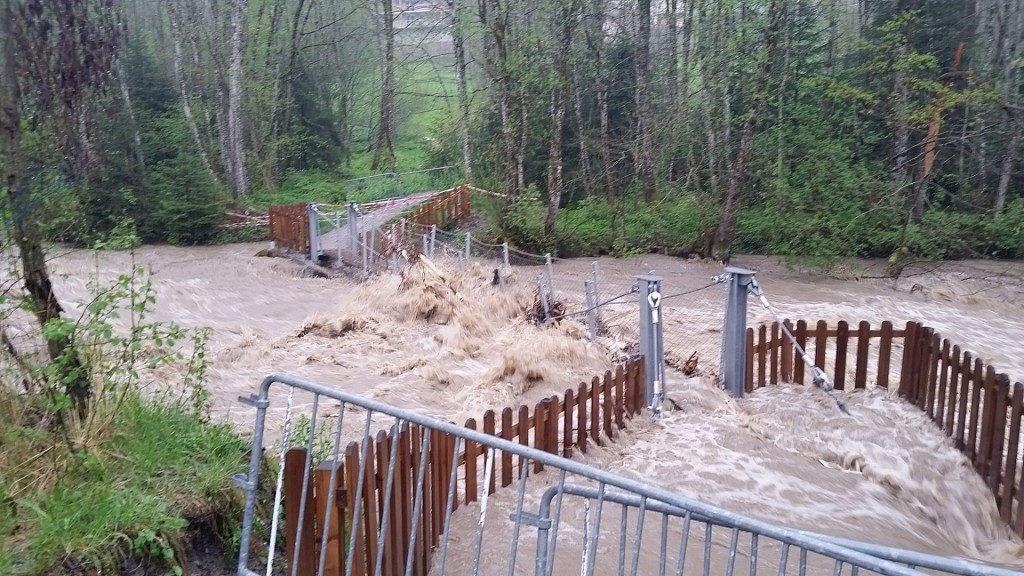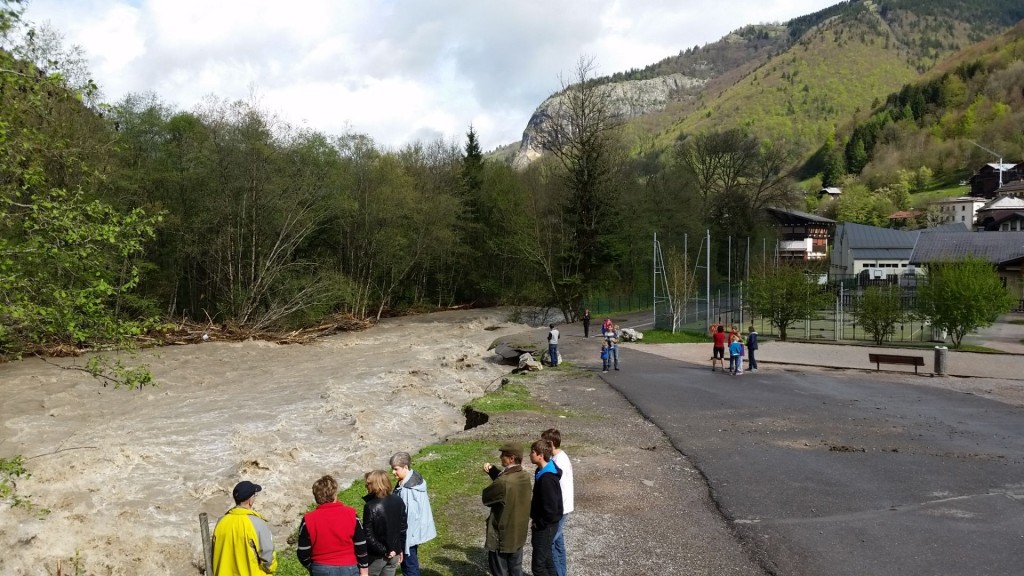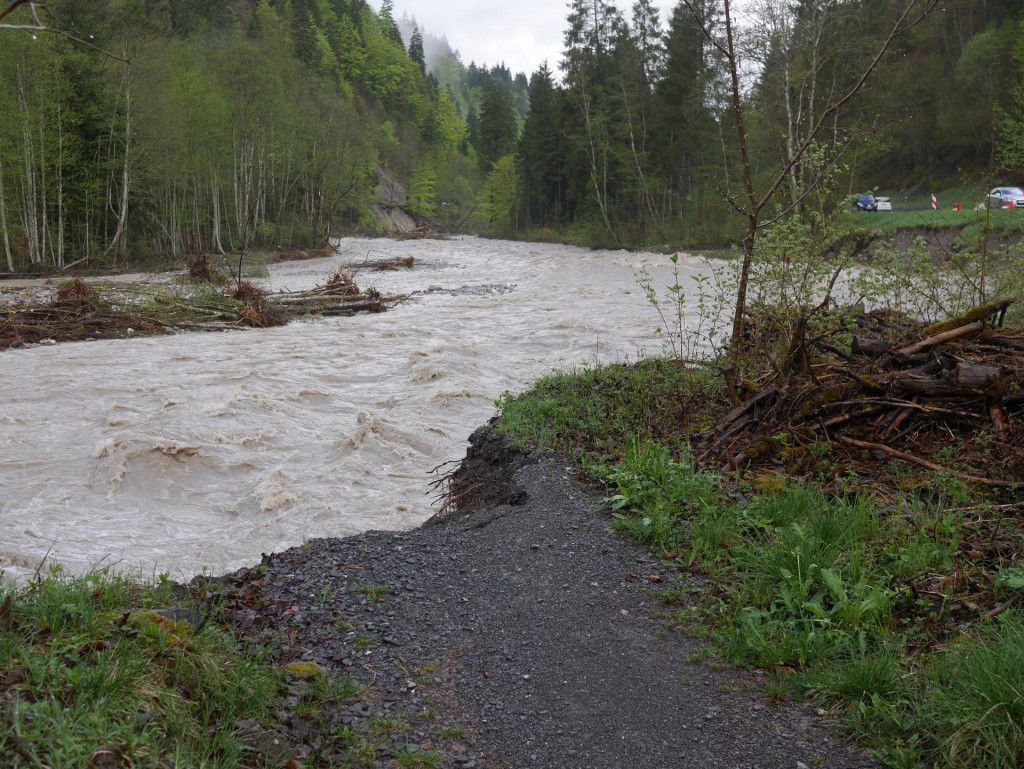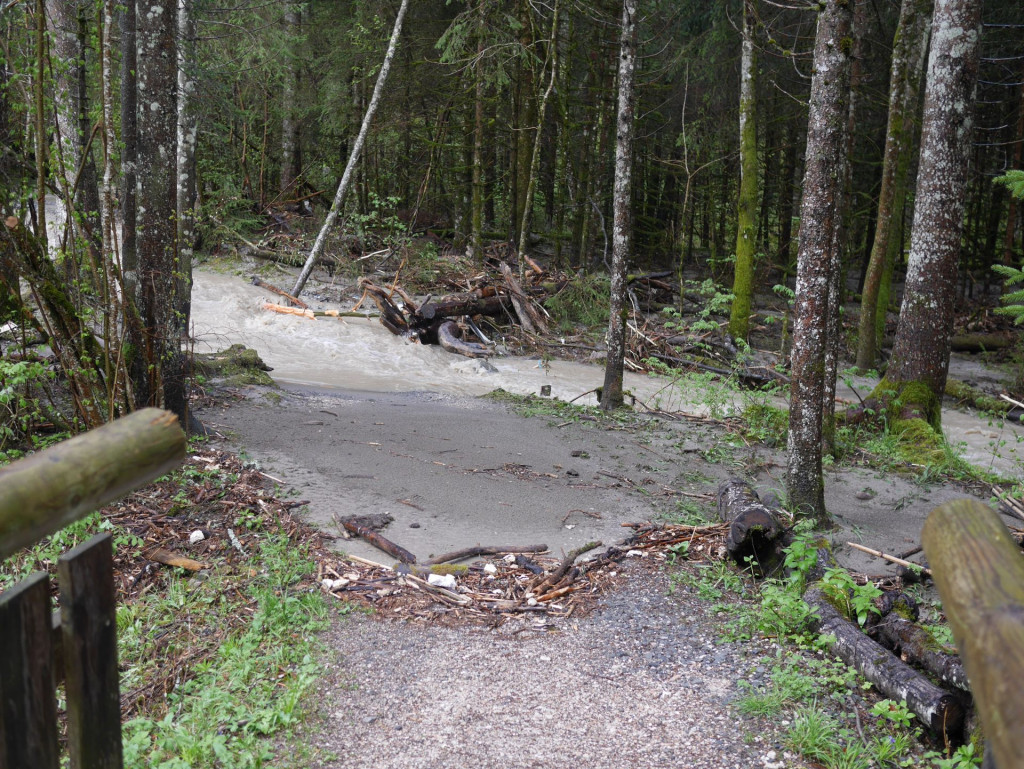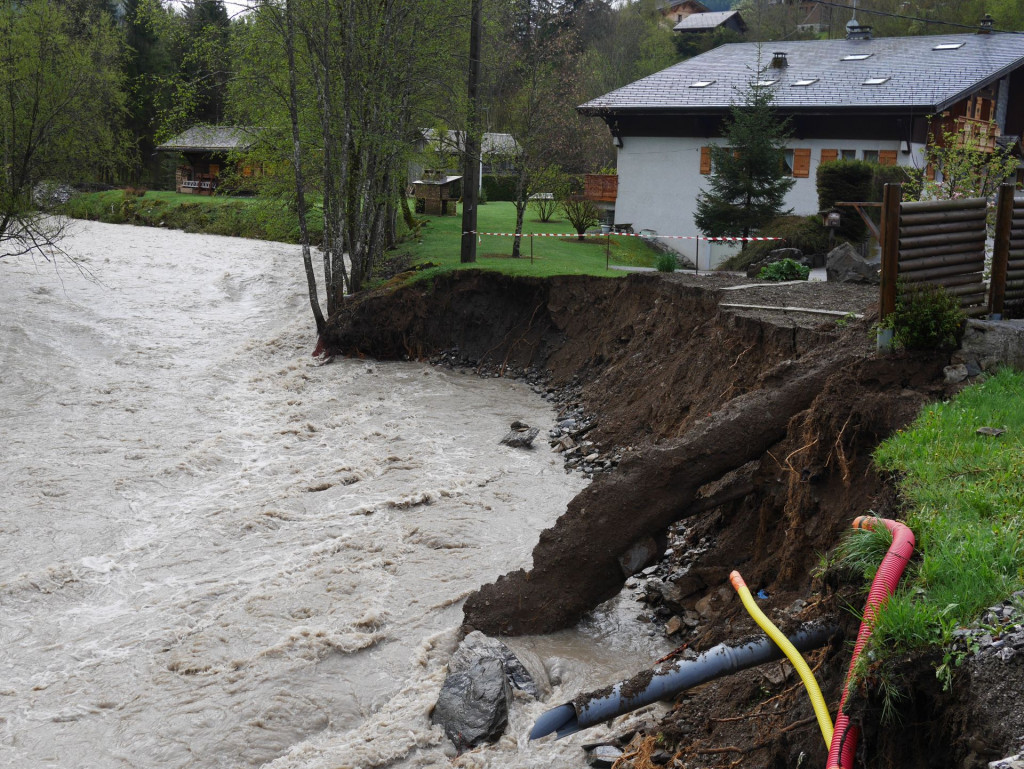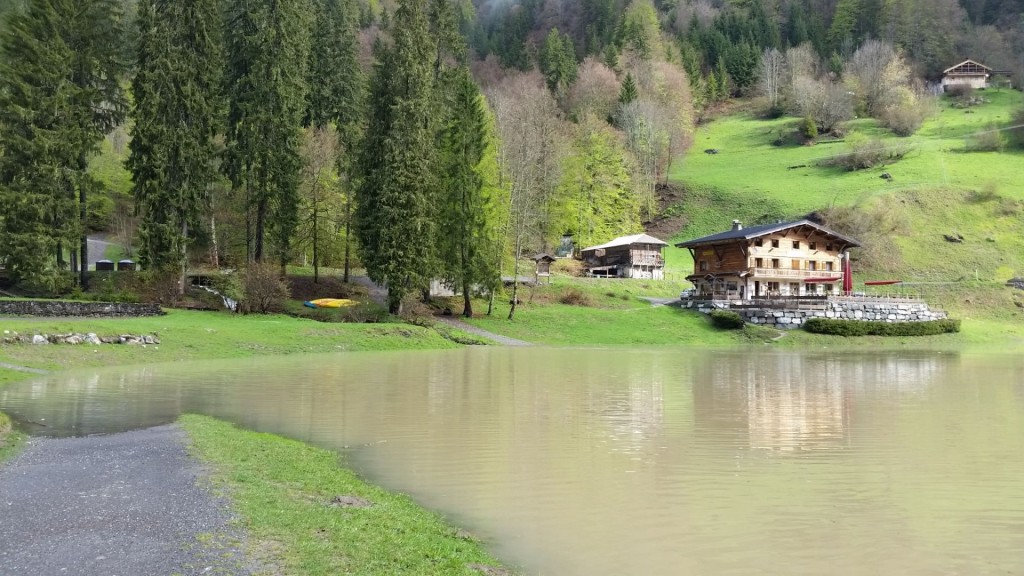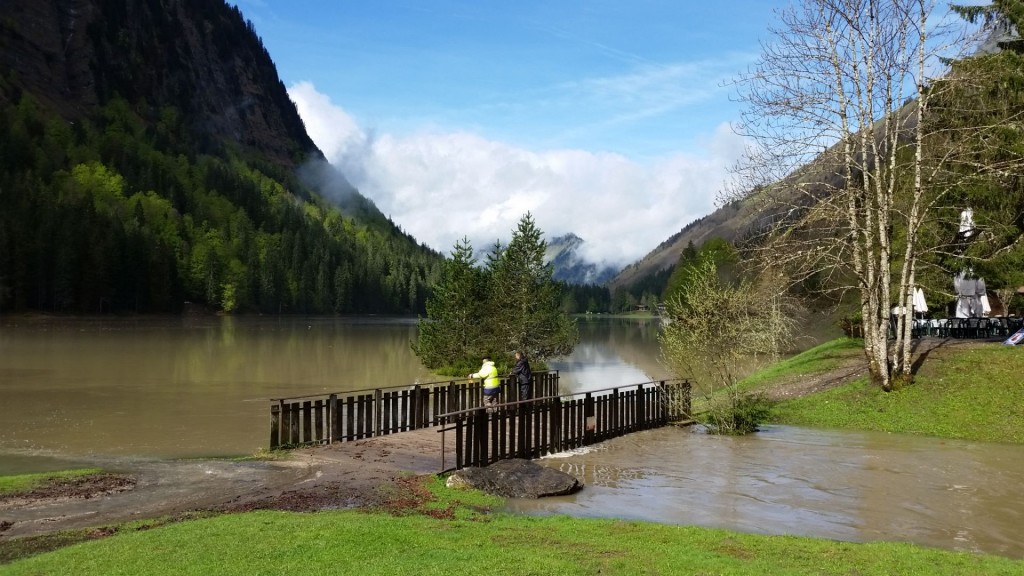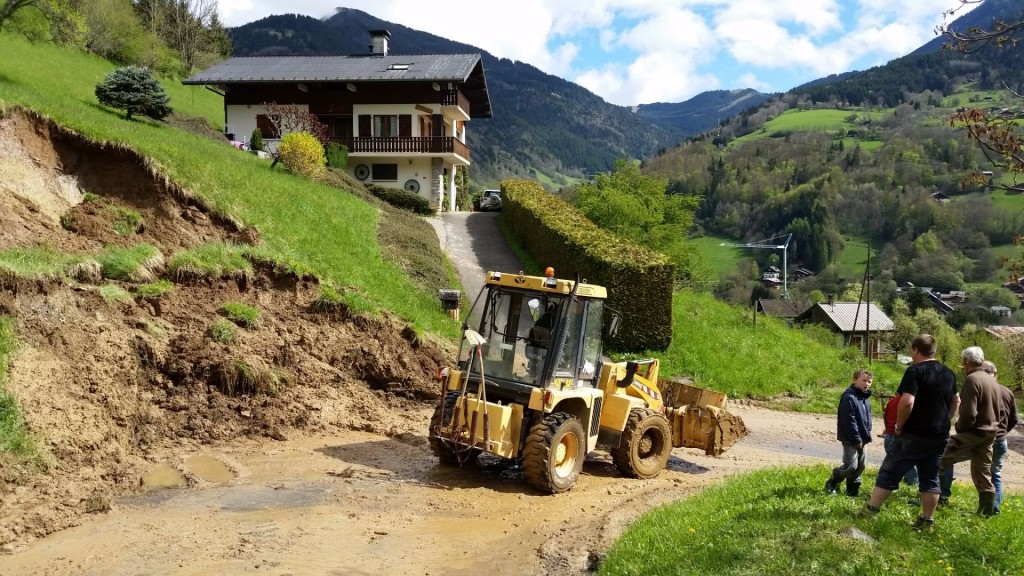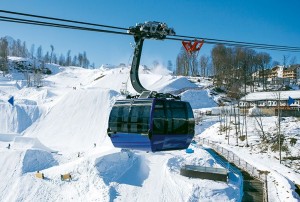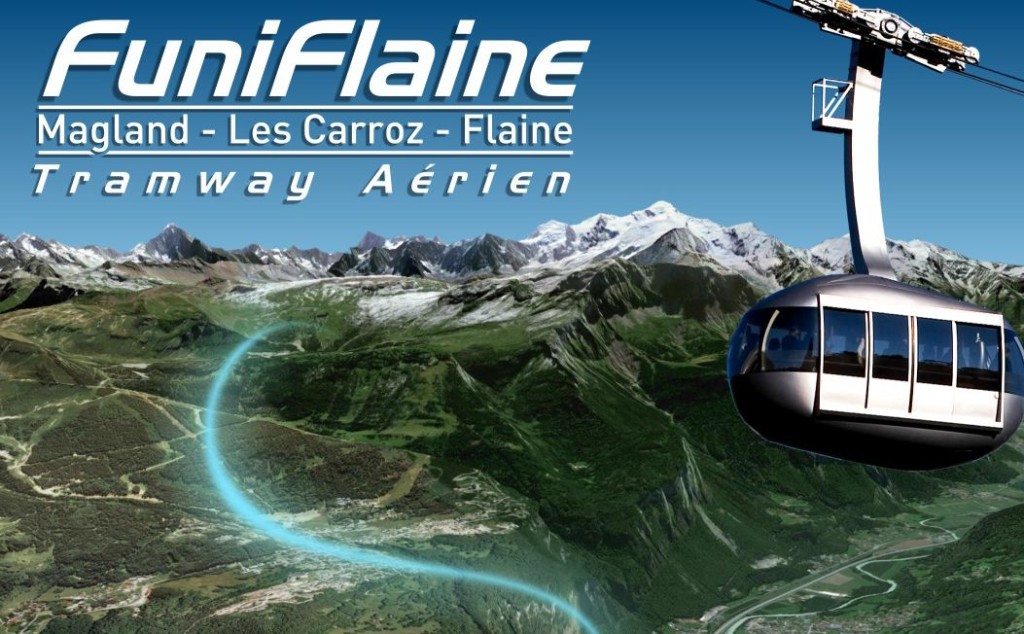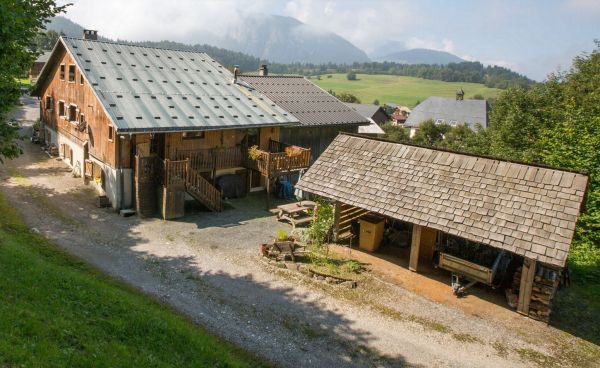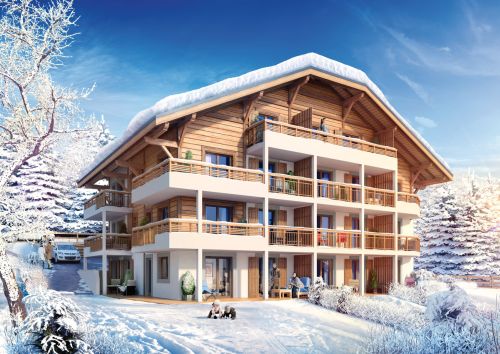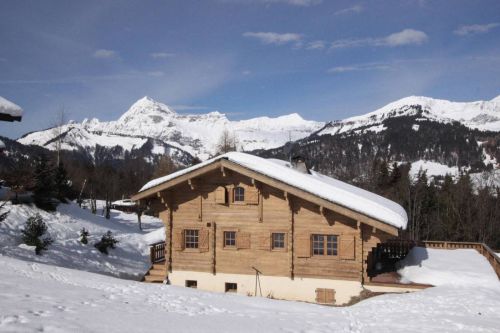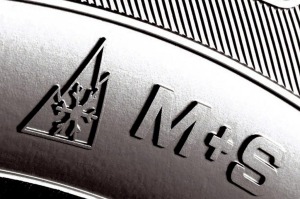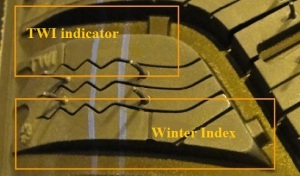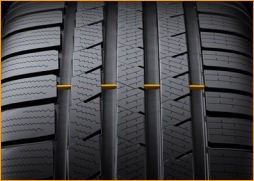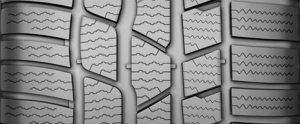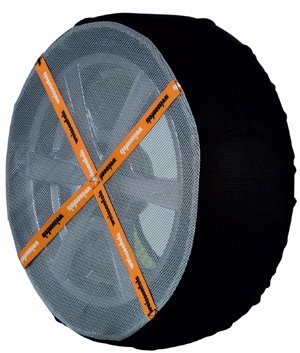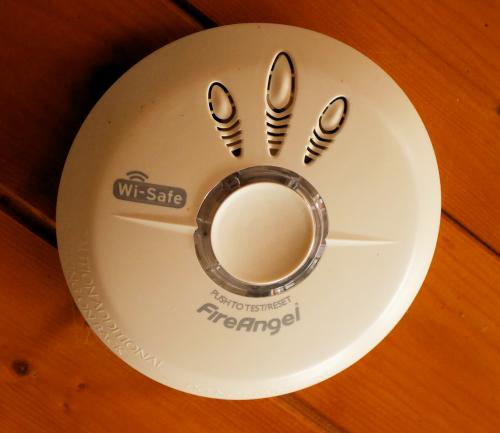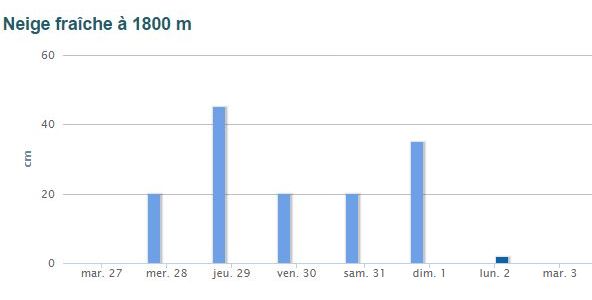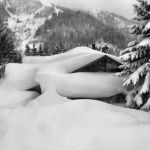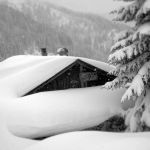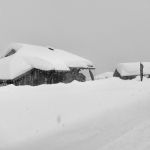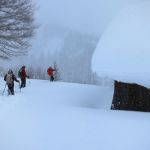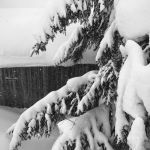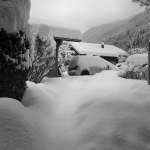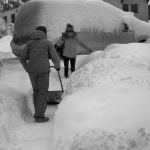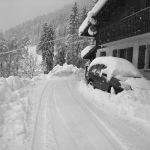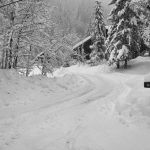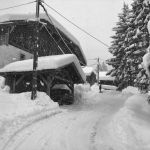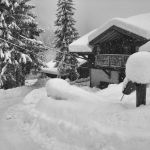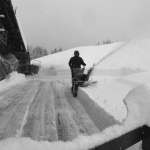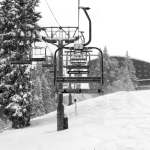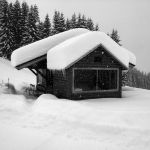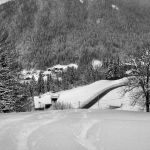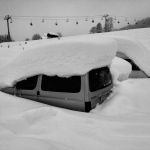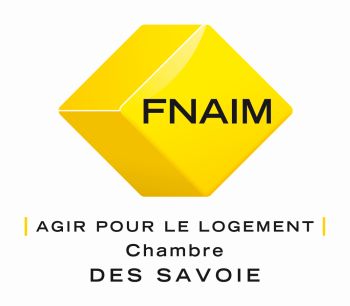The campsites around the Portes du Soleil are “fine”. However they cannot be compared to the really big campsites available around France. No swimming pools in the campsites around here! I’ve made a list as a resource.
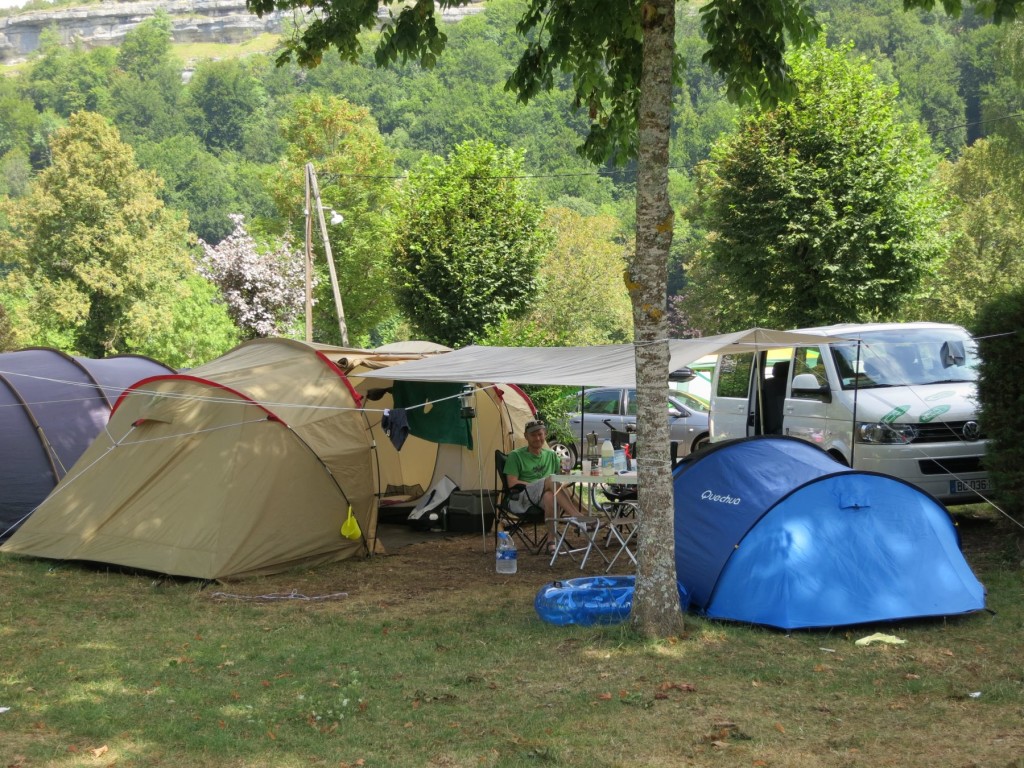
The best campsite in the Portes du Soleil is probably in Chatel.
Camping L’Oustalet 4*
http://www.oustalet.com/
For the Morzine area there are two. I know some people prefer the camping in Essert Romand, though Le Pré in Montriond offers better access to the river trail for bikes and dog walking.
Essert Romand
Camping Les Marmottes
http://www.campinglesmarmottes.com/
Montriond
Camping Le Pré 2*
http://www.savoie-mont-blanc.com/en/offre/fiche/camping-le-pre/74356
The best views are from this one in Les Gets, though it is quite a hike up the hill. No website that I can find.
Camping d’été La Grange Au Frêne
http://www.lesgets.com/les-gets/hebergement/campings.html
Camping in St Jean d’Aulps is just by the main road . It is walking distance from the shops though and it’s on the river trail and very near the stables for horse riding.
Camping Le Solerey
http://www.valleedaulps.com/camping-le-solerey-1.html
For short stays, there is the municipal camping at La Baume. It’s bound to be the cheapest option too.
Camping Municipal De La Baume, call 04 50 72 10 06, open July and August
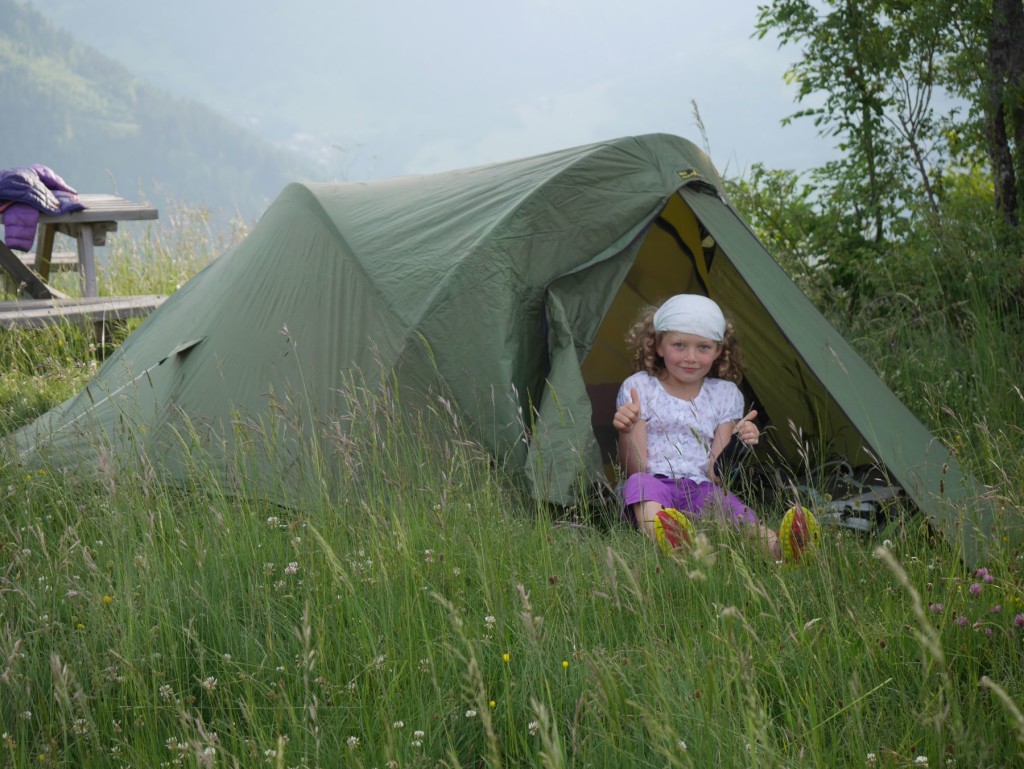
You don’t have to go far for some bigger and better options though.
Samoens
Camping Le Giffre 3*
http://www.camping-samoens.com/
Or there are a number down by Lac Léman (Lake Geneva). These two are by the beach at Excenevex.
Camping La Pinede 3*
http://www.camping-lac-leman.info/
Camping La Pourvoirie des Ellande 2*
http://www.camping-lac-leman.com/

